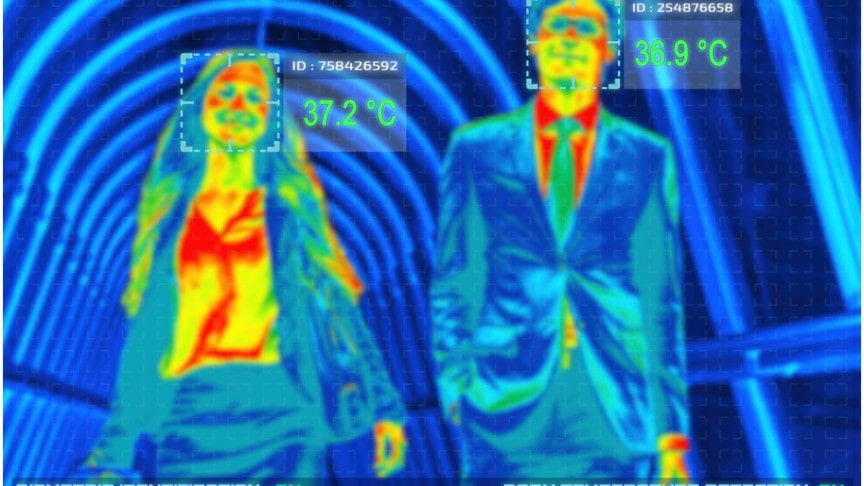Thermal imaging technology has become part of the daily routine of modern society. Given the experience of the pandemic, it will receive a constantly growing interest from society and enter a new stage of development. Despite the emerging new technologies, the principle of operation is the same for all thermal imagers. They form a thermal picture of what is happening due to the temperature difference between the surfaces at which the camera lens is directed. The greater the difference in temperature, the clearer the image. Data can be recorded on internal or external memory, transferred for processing and viewing on a PC, smartphone, or laptop. Thermal imaging equipment is very diverse and can be conventionally divided into measuring and observing. Depending on the targets pursued, it has different accuracy, viewing angle, range of measured temperatures, and survey range. The scope of application of thermal imagers is pervasive, and it isn’t easy to fit it into one article. Among the most popular areas, we will single out: construction, production with the need to control high temperatures, security business, police use, navigation, medicine, and domestic use.
Thermal Imaging Systems in airports
Thermal imaging systems in airports are relatively new. It is worth noting several areas that infrared cameras are working on at airports. The main direction involves monitoring visitors with possible infectious diseases. To do this, use thermal imaging cameras with warning systems in the form of light and noise signals in the operator’s room. The second most important direction is the solution to the illumination problem of the runway in conditions of limited visibility. There are lighting towers along the runway, but the light from them is usually directed towards the passenger landing module building. It is not enough for optimal lighting. What happens on the runway in the conditions of snow, fog, or impenetrable night – the dispatcher, even with binoculars, can be difficult to see. Thermal imagers come to the rescue. They will identify unwanted visitors, animals, birds on the aircraft’s trajectory and in any weather. The third most important area of using thermal imagers is to prevent small children from getting onto the conveyor with things that can climb onto the belt out of curiosity, running away from their parents, and being unattended. The system can stop the tape when objects that are heated above the specified parameters are hit. At the same time, it is possible to send messages to the operator and interested parties in a photo of the incident and a sound signal. This system works successfully and gives a minimum of false alarms compared to other sensors. The fourth area where thermal imaging systems are used is the hygiene of the airport sanitary facilities. Television cameras register a certain number of passengers entering the toilet and signal to the staff to clean the room.
Medicine usage of Thermal Imaging Systems in airports
The use of thermal systems for medical purposes has several specific aspects, which we will consider below. Note that the use of thermal imagers to identify infected people fully justifies itself as the first line of defense against dangerous diseases. For the correct operation of the system, it is advisable to install infrared cameras at places of customs and passport control. It is possible to measure the temperature from the inner corner of the eye, next to the lacrimal canal. It is closest to the internal temperature of a person. The optimal location of a person is one meter or about two meters in front of the scanner. Remove hair and glasses if they interfere with data collection. The research takes at least a second. The system is equipped with a light and noise signal that is triggered in the staff room. If an elevated temperature is detected, it is necessary to identify the cause and confirm the figures with an additional measurement using a thermometer. Note that a disease does not always cause a slight temperature rise. For pregnant women experiencing hormonal imbalances and menopausal women, daily small fluctuations in temperature are considered normal. Personnel should consider these features and treat this category of passengers with care, without causing concern. Typically, temperature control systems are equipped with automatic correction for changes in ambient temperature and automatically calibrate the test blackbody data. Note that these systems have large bandwidth, and now they have no worthy alternative.
In conclusion, we will say that it is difficult to find such a universal, diverse, adaptable system to individual needs as an infrared thermal imaging system. Television cameras have come a long way from an exclusive, expensive device to a product of widespread use with high reliability and affordable price, and they continue to improve every year. The use of thermal imaging systems at airports as a means of security, monitoring, and passenger flows gives excellent results.
